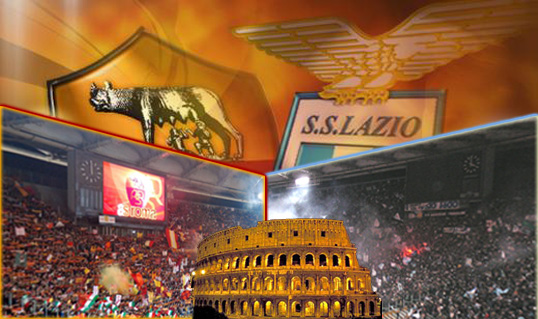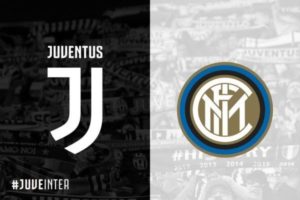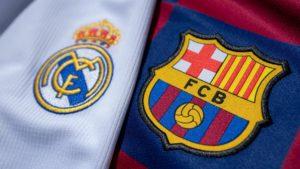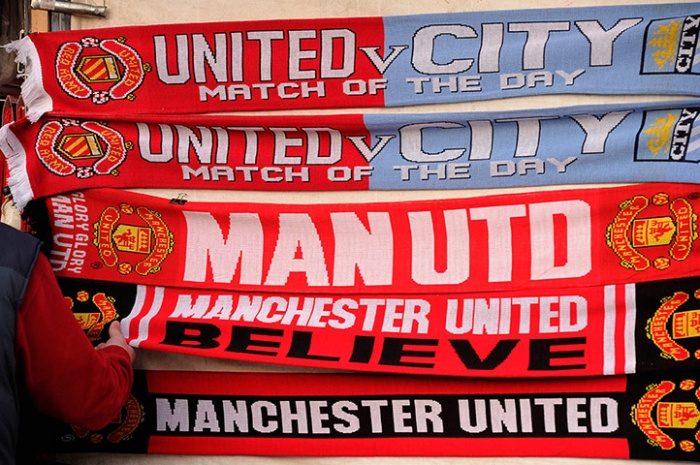The Eternal City was witness to another chapter of its storied rivalry, the Derby della Capitale, which ended in a deadlock that left both Lazio and Roma yearning for more. As the dust settles on the Stadio Olimpico, neither side could assert dominance in a fixture that was as much about tactical wit as it was about passionate rivalry.
The first half saw Lazio seize control, with Luis Alberto’s venomous strike rattling the woodwork, a moment that might have altered the script of the game. Maurizio Sarri’s men showed the hunger of a side inching towards the upper echelons of Serie A, only to be denied by the framework and the vigilant Rui Patricio in goal for Roma.
Despite the marquee of injuries plaguing his side, including the absence of stalwarts like Pellegrini and Abraham, José Mourinho’s Giallorossi showed resilience, thwarting Lazio’s advances and growing into the game as the minutes ticked by. Roma, still smarting from their midweek European exertions, found their footing in the second half, neutralizing Lazio’s earlier dominance.
In the tactical chess game, both coaches made moves to secure the upper hand, but the stalemate spoke volumes. Sarri, the strategic mind behind Lazio’s chessboard, expressed his thoughts with his usual frankness.
“We missed our clinical edge in the final third,” Sarri lamented. “The pitch conditions did us no favors, but we must learn to bring our creative force to the fore, to pierce through tight defenses with the same verve we’ve shown in the past.”
The mutual respect between the two managers was palpable despite their historic back-and-forths. Sarri’s jest with Mourinho, calling him ‘a pain in the butt’ with a reciprocal response from the Roma coach, unveiled the lighter side of a rivalry that often brims with intensity.
“Away from the cameras, Mourinho the person is someone I hold in high regard,” Sarri revealed.
Mourinho, the charismatic tactician of Roma, also gave his reading of the derby.
“We showed heart, especially given our recent schedule. The team’s spirit was evident, and in matches of this caliber, that’s half the battle,” Mourinho declared. His frustration with the officiating was clear, hinting at how it influenced his team’s approach, especially in defense. “Our play showed promise, and had Bove been fresh, the outcome might have been different,” he added, rueing the missed opportunities.
As both teams sit mid-table, the draw does little to advance their European ambitions. The Giallorossi, under Mourinho’s guidance, have yet to find the net in the last three derbies—a statistic that will undoubtedly occupy the Portuguese’s thoughts as he seeks to propel Roma back to where he believes they belong.
The draw leaves both Lazio and Roma contemplating what might have been, as the race for Europe continues. For Sarri’s Lazio, the quest for consistency remains key, while Mourinho’s Roma must find the potency to match their evident potential.
In Rome, where history and football are inextricably linked, the Derby della Capitale ended not with a definitive statement, but with a comma, as both sides look ahead to the rest of the season with the hope of climbing not just the league table, but also the steps to European glory.



